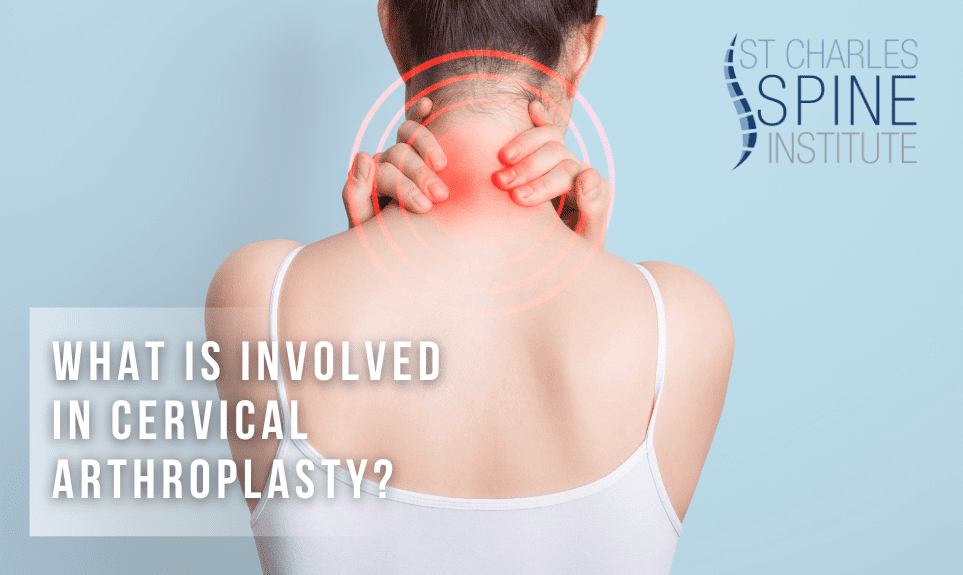What is Involved In Cervical Arthroplasty

Cervical arthroplasty, also called artificial disc replacement, is a surgical procedure designed to remove a herniated or otherwise damaged disc in the neck and insert an artificial implant to replace it. At St. Charles Spine Institute in Thousand Oaks, California, we perform this minimally invasive surgery to help patients to alleviate chronic neck pain. Unlike fusion, this procedure doesn’t limit the range of motion in the joint. What’s more, the recovery time is usually fast, and the patient’s risk of developing herniations in adjacent discs is very low.
Your Initial Consultation
If you have serious chronic neck pain, your first step is to find out what it is that is causing the pain. To resolve this question, you can book an initial consultation with St. Charles Spine Institute. We will review your medical history, examine your neck and spine, and take any necessary images, such as an MRI, to evaluate whether your pain is caused by a damaged disc. If a herniated or degenerated disc is the cause of your neck pain, we can then evaluate whether cervical arthroplasty is the best solution.
Suitable candidates for cervical arthroplasty either have confirmed disc degeneration or nerve pain caused by a bone or disc impinging on a nerve. They should otherwise exhibit good general health, and it is important that they have tried non-invasive methods of relief such as physical therapy, rest, and medications to determine whether the problem can be solved without surgery. If you are a suitable candidate and you decide to proceed, we will then schedule the procedure.
Steps in the Procedure
Removing the Damaged Disc
The cervical arthroplasty procedure usually takes around two to three hours, depending on the location of your disc and the degree of damage. Your surgeon will start by making a small incision in the front of your neck and moving aside the soft tissues of your neck as well as your trachea to access the spine. Then your surgeon will carefully remove the damaged disc and any bone material that is affecting your nerves.
Inserting the Implant
Once the damaged disc is removed, your surgeon will insert the implant, which is made up of two metal plates on each side with a plastic center. Each of the plates has spikes that attach to your adjoining bones to keep the implant in place. After surgery, your body will produce bone that grows over the plates, attaching them more permanently to the rest of your spine.
Closing the Incision and Recovery
The surgeon will then put your tissues and trachea back into place, close the incision, and send you off to the recovery room.
As dramatic as it sounds, this surgery is minimally invasive. Some patients are even able to go home on the same day of surgery. You will be able to resume many of your normal activities after a day or two, and it is helpful to do so to speed up your recovery, so long as you do not put undue strain on your neck. As you recover, you will have to wear a neck brace for a period of time, and you will likely have to undergo some physical therapy.
After a few weeks, you will have a follow-up consultation with your surgeon to discuss your progress. Most people fully recover from this operation within six to twelve weeks. However, if you had severe nerve compression before the treatment, your nerves may take longer to heal.
If you have a damaged disc that is causing you significant neck pain, find out if cervical artificial disc replacement surgery is the right solution for you. Call us now at St Charles Spine Institute in Thousand Oaks to book an initial consultation with our orthopedic spine surgeon, Dr. Erik C. Spayde.
